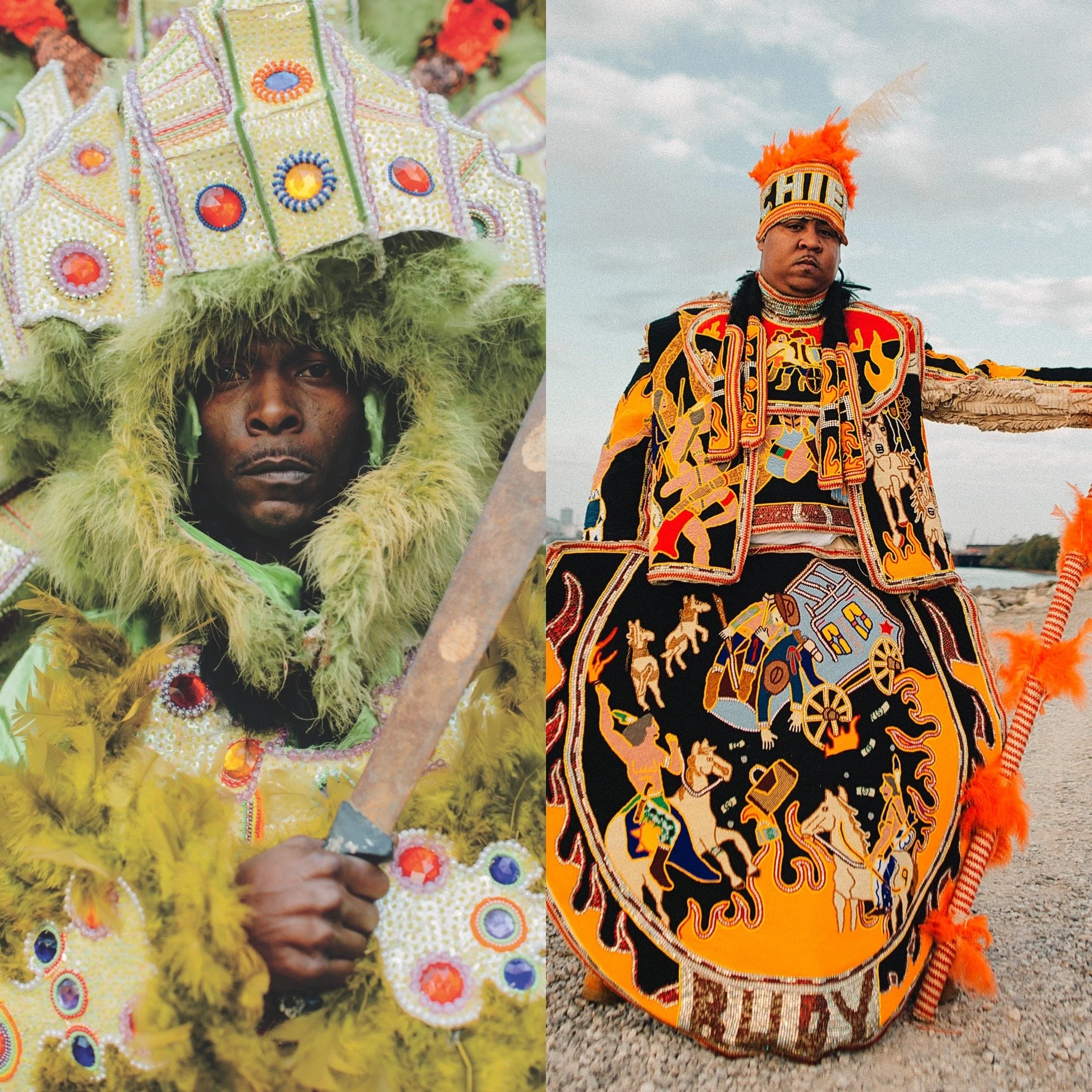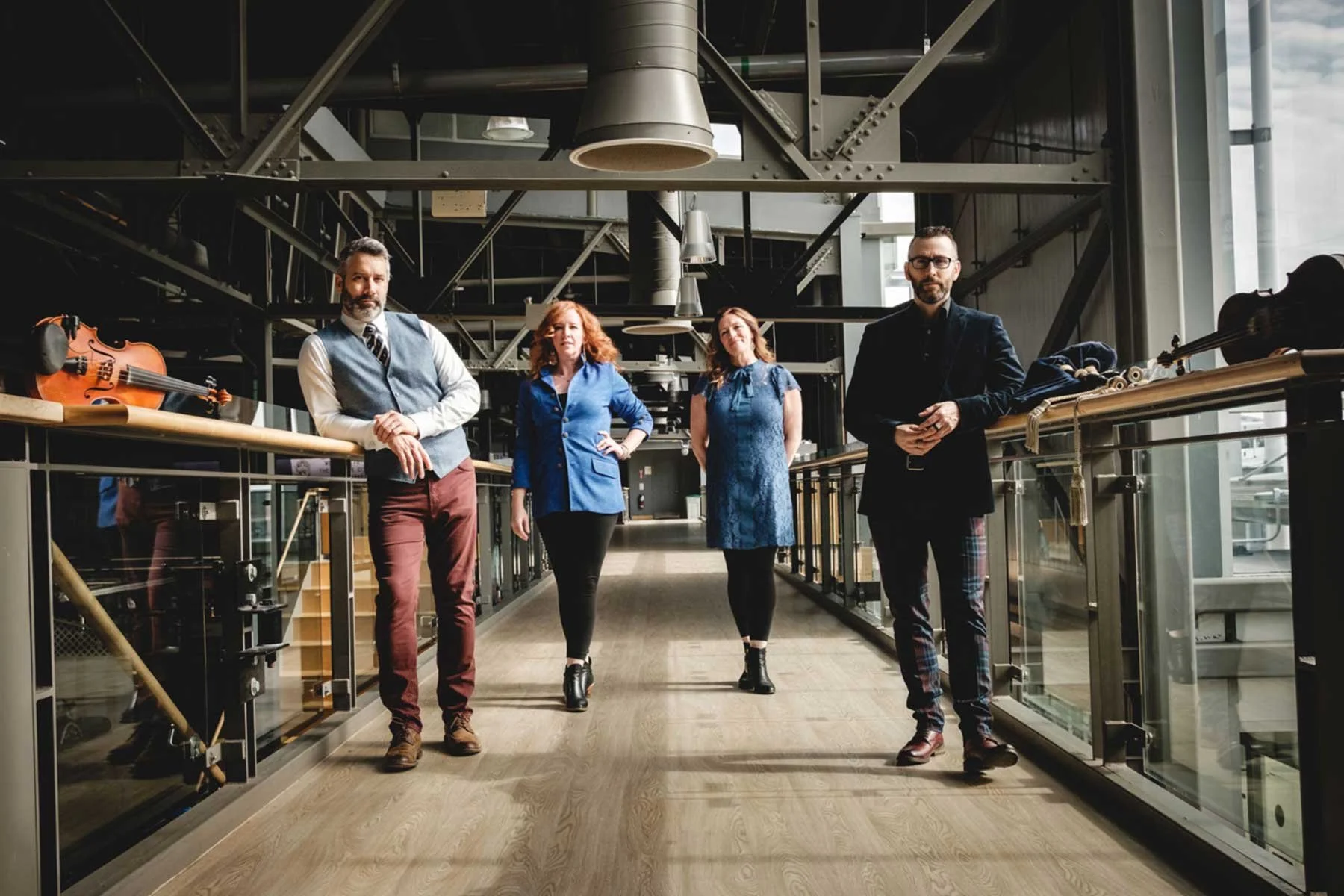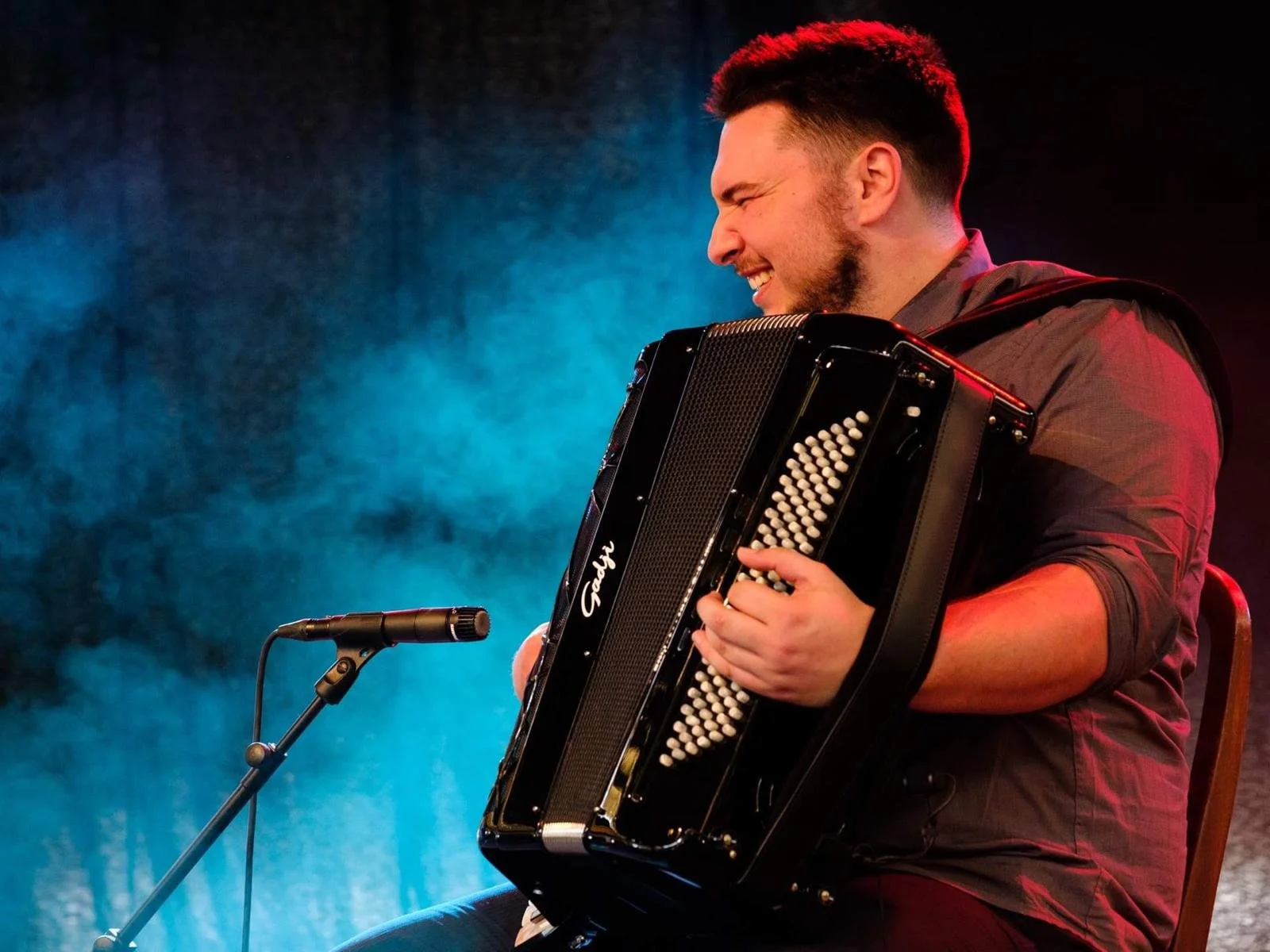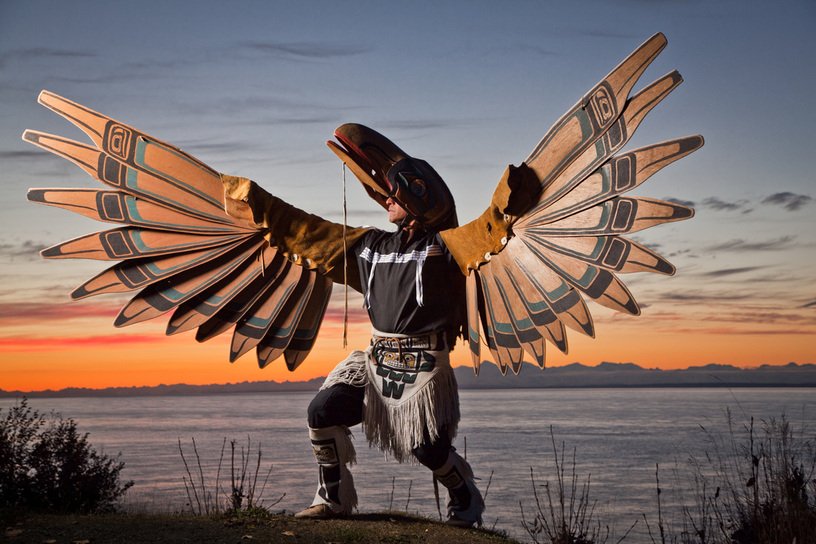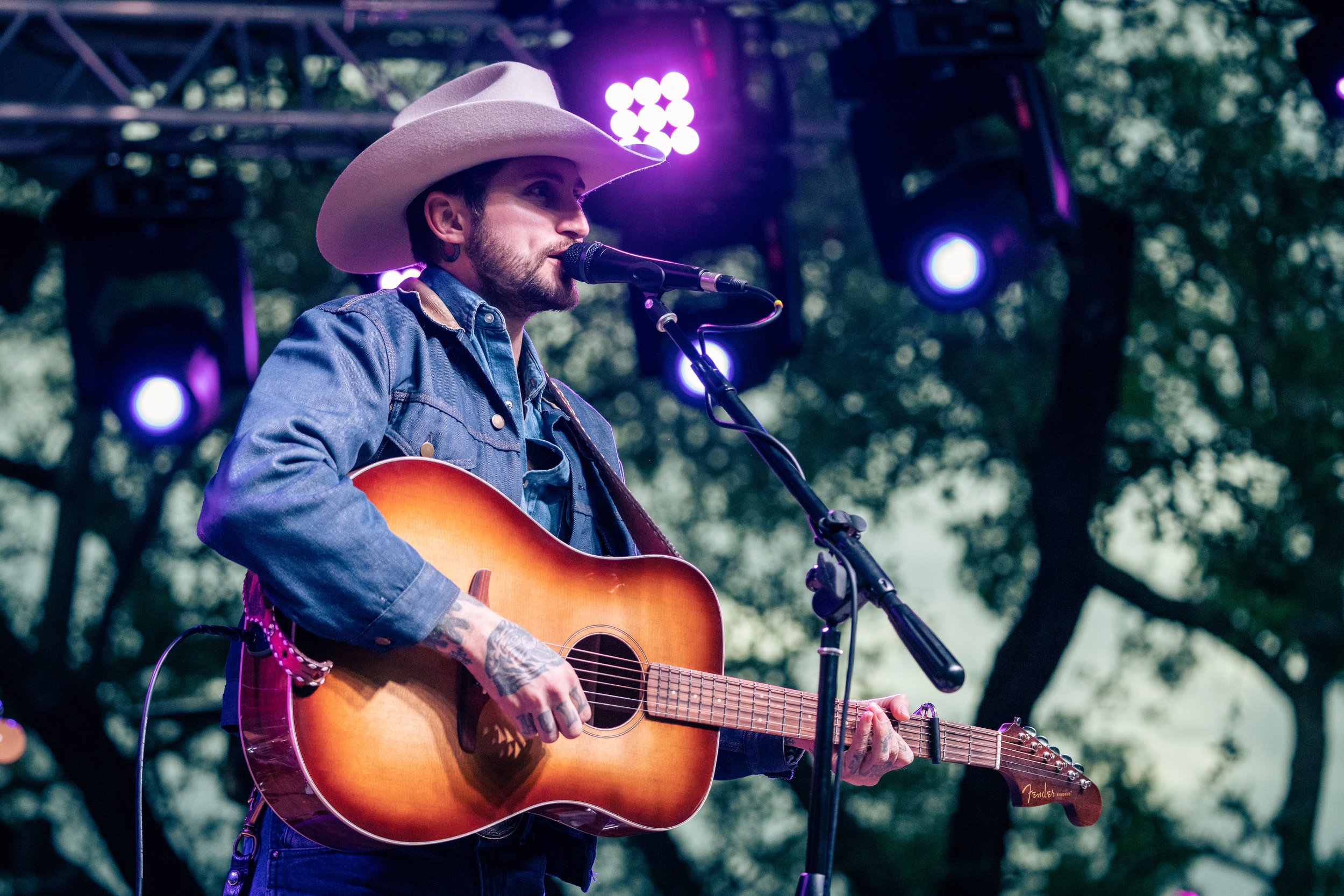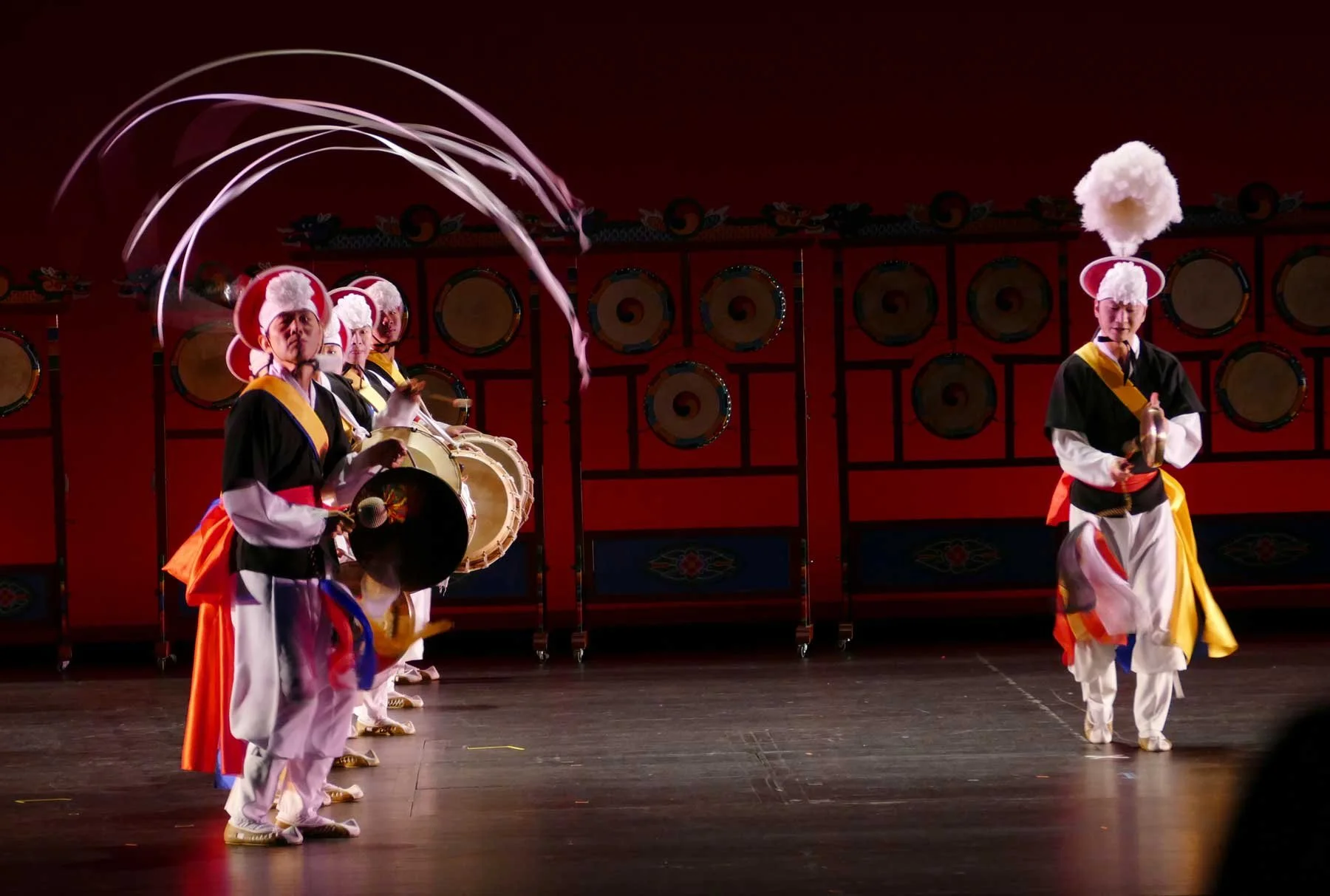New Orleans Black Masking Carnival music
New Orleans, Louisiana
Among the most riveting sights on Mardi Gras Day in New Orleans is the city’s Black Masking Carnival gangs enacting ritualistic musical battles in the streets, decked out in impossibly colorful, intricate costumery. Things can get tense, and rivalry between different neighborhoods, or wards, is common. When former rivals Jermaine Bossier, Big Chief of the 7th Ward Creole Hunters, and Romeo Bougere, Big Chief of the 9th Ward Hunters, teamed up to form the musical powerhouse 79rs Gang, they not only bridged a historical divide but set in motion what would become a revolutionary new sound.

